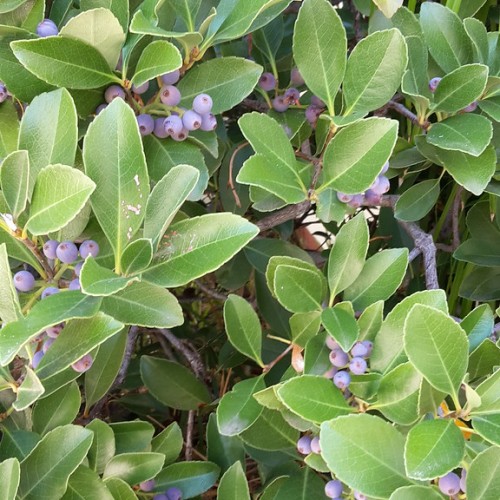
Indian-hawthorn
Rhaphiolepis delacourii 'Wilcor' SPRING SONATA
Cycle:
Perennial
Watering:
Average
Hardiness Zone:
8 - 10
Flowers:
Flowers
Sun:
Full sun
Leaf:
Yes
Growth Rate:
Low
Maintenance:
Moderate
Drought Tolerant:
Yes
Salt Tolerant:
Yes
Care Level:
Medium
watering
Water Indian-Hawthorn (Rhaphiolepis delacourii ‘Wilcor’ SPRING SONATA) when the top 2 inches of the soil are dry. Make sure to water the soil and not just the leaves of the plant. Pay attention to the weather as heavier rainfall may mean you do not need to water. This Indian-Hawthorn should be watered deeply and thoroughly, giving it about an inch of water per week. Avoid over-watering and make sure to monitor your plant carefully.
sunlight
Indian-hawthorn (Rhaphiolepis delacourii 'Wilcor' SPRING SONATA) prefers at least 6 hours of sunlight per day. This can be direct or indirect sunlight, as long as it gets bright light for the majority of the day. It will do best in full sun during the spring and summer months, but during the winter months it will appreciate a bit of shade. If the plant is in a shaded area with low light, it may suffer from poor flowering, so it’s important to give it the light it needs during the growing season.
pruning
Indian-hawthorn should be pruned in early summer, usually after flowering is complete. Start by removing any dead, diseased or damaged wood, as well as any advancing shoots that are growing straight up. Carefully prune any shoots that are forming dead branches. It is best to remove these shoots at the first sign of them, as they can cause additional health problems. You may also want to prune any competing shoots and reduce larger branches to create a denser shape. You can also take out any branches that are obstructing pathways, entrances, or window. If you prune too much, don't worry as Indian-hawthorn prunes well. Finally, complete your pruning by cleaning up any branches that have fallen or been cut off.
